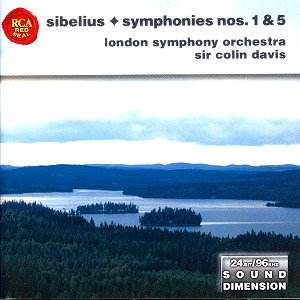An all-too frequent, but not less dispiriting, experience
in the modern world is that of turning up to rehearse something and
finding you are expected to use an "electronic keyboard".
Fiddling around in the hope of discovering a sound slightly less repulsive
than the rest, sooner or later you bump across something laughably called
"strings". The enervating feature of these "strings"
is that they donít give you a healthy attack when you put the keys down
but swell out gradually, reaching maximum volume after about three seconds.
The producers of these things call this a "string cushion"
and if you mix it in with "piano" or "harpsichord"
and improvise sub-Rachmaninov you can indeed accompany yourself with
your very own mushy strings half a beat behind, as some conductors are
wont to. And, just as some people apparently like mushy peas, so there
must be people who like mushy strings and this is a democratic society,
for heavenís sake, I wouldnít dream of depriving anybody of something
that makes him or her happy. Especially since these people would seem
to include, at least in Sibelius, Sir Colin Davis. His strings sink
in, swell out, ooze in, according to the dynamic level required, but
a straight attack is not on the menu. Similarly, brass chords are allowed
time to "speak", which they do comfortably about a second
into the chord, timpani rolls start imperceptibly and then swell to
a maximum. The excellent recording of the timpani reveals that the player
is fractionally behind the beat right through both works. Woodwind,
down-to-earth things that they are, tend to start their notes with a
"cluck", but at least they manage to "cluck" behind
the beat fairly often.
Now I donít doubt that Sir Colin intends all this,
as part of a vision of Sibelius in which the music somehow wells out
of the orchestra, like something growing of its own accord. Nor do I
doubt that many people relate to this, for did not a distinguished critic
liken his South Bank Sibelius cycle to the natural authority of Furtwänglerís
Beethoven? It has been a long haul from the fiery days of Sir Colinís
youth to the majestic non-intervention of this Sibelius and, yes, it
is as grand and as authoritative as everybody says it is (the
"swan" theme in the finale of no. 5 is a little brisk and
at the very end of that work the melodic lines on the brass are lost
in a welter of generalised noise, but otherwise itís great stuff). But
as I reached the half-way mark and began to cast around for reasons
why I wasnít enjoying it as much as I ought to have been, I concluded
that it was this mushy attack that was getting me down, a sign somehow
of a lack of firm interpretative grip.
I learnt my Sibelius in another way, during my years
in Edinburgh at the time of Sir Alexander Gibsonís long reign with the
SNO, and as I turned to their CFP recording of no. 5 I realised, in
spite of some rough sounds from the orchestra, that my spiritual home
is still here. It all unfolds as naturally as with Davis yet with a
strong current behind it, events happen when they happen not a split
second afterwards, my ear feels guided onwards from point to point.
Maybe in the intervening years the greenhouse effect has got at the
sharp, frozen landscapes Gibson knew, making them a little soggy underfoot.
But still, donít mind me, Iím the one thatís out of
step, remember that a renowned expert in Scandinavian music thundered
for twenty years in a leading journal that Gibsonís Sibelius Fives (all
three of them!) lacked the last ounce of poetry, though he never said
where and I am too much of an ignoramus to work it out for myself (but
I do know that in the "swan" theme it is Gibson who, by just
slightly broadening out, seems lost in wonder as the great birds wheel
above him).
But as I say, donít mind me, itís all very fine really.
In England today, as it fights its valiant battle against globalisation
and the Euro, much has changed; you can munch peanuts through the Queenís
Christmas message, you can remain seated while they play the National
Anthem, you might even get away with taking your hat off at Ascot, but
you donít criticise Sir Colin in Sibelius. You just donít. So Iíll end
by quoting a few lines of Shirley Brooksís critique of the equally untouchable
(in its day) Longfellowís "Hiawatha". Ably couched in the
same metre as the butt of its caustic humour, it appeared in "Punch"
in 1856 and pretty well sums up my feelings here:
Should you ask me, Is it worthless,
Is it bosh, and is it bunkum;
Merely facile, flowing nonsense,
Easy to a practised rhythmist,
Fit to charm a private circle,
But not worth the print and paper
David Brogue hath here expended?
I should answer, I should tell you
Youíre a fool and most presumptuous;
Hath not Henry Wadsworth writ it,
Hath not Punch commanded "buy it?"
Christopher Howell


